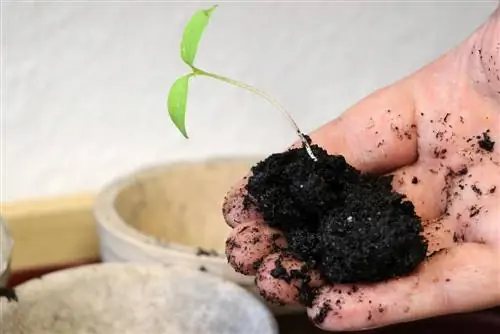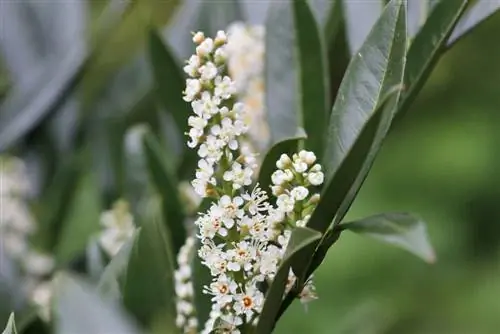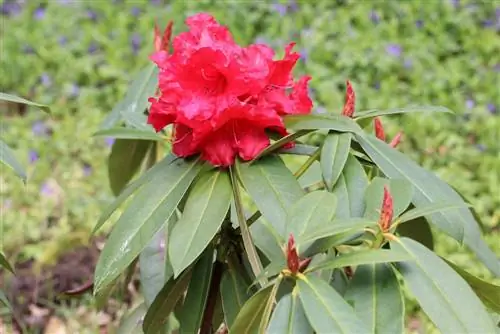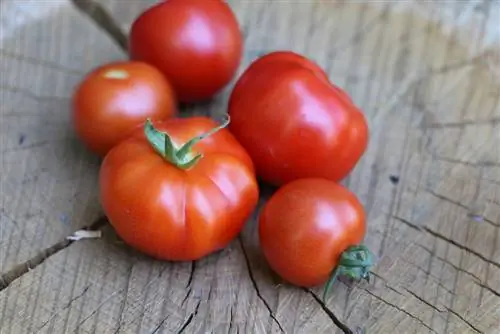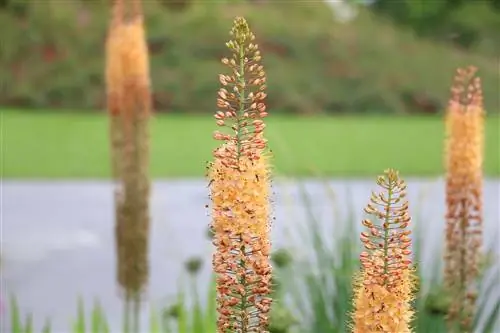- Author admin [email protected].
- Public 2023-12-17 03:39.
- Last modified 2025-01-24 12:45.
Tomatoes continue to enjoy continued popularity among hobby gardeners. No wonder: they are he althy, tasty and relatively easy to cultivate. You can grow them comfortably in your home and then transplant them into the garden. The question, however, is: When can the tomatoes go outdoors? The answer: When night frost is no longer expected. And once they get used to it.
Basics
Tomatoes love warmth and sun. No wonder: they originally come from South America. It's no wonder that they react extremely sensitively to cold. Night frosts kill virtually all tomato plants. They can therefore only be transplanted outdoors when there is a very high probability that frosts are no longer expected. Planting in a greenhouse can be done a little earlier. Regardless of whether they are grown outdoors or in a greenhouse, the tomato plants must first be raised. You can either grow them from seeds or buy young plants from specialist retailers or hardware stores. The breeding itself always takes place inside. Since the young plants are very sensitive, they can only be taken outside or into the greenhouse until they reach a certain size. They also have to slowly get used to the new environment.
Requirements
In order for a tomato plant to be planted directly in the garden, it must be robust enough to withstand the weather conditions there. There are a few specific characteristics that can be used to determine whether she is ready to move outdoors. These features are:
- a size or height that is within 30 to 40 centimeters
- the beginning of the formation of the first flower umbels
- preferably no or only very minimal horniness
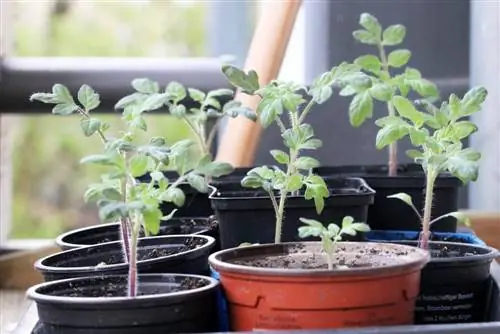
In addition, it is imperative that the young plant is carefully hardened or acclimated to the outdoor weather conditions before planting. This can be done, for example, by placing them on a protected balcony for an hour or by placing them on the windowsill with the window open. Alternatively, they can of course also be placed in their pot in the garden for a few hours from around the end of May. Basically, you should pay attention to a semi-shady place and definitely avoid direct sunlight. This hardening phase lasts about half a month.
Tip:
The hardening of a tomato plant can be accelerated by placing a transparent tomato cap loosely over the entire plant. The foil must have air holes and must not touch the leaves.
Ideal time
As already mentioned, night frost means certain death for tomato plants. It follows from this that they should only be taken outdoors when there is no longer any risk of night frost. However, you have to differentiate between tomato plants that are planted directly in a bed and those that are to be cultivated in a greenhouse or on the balcony.
Freeland
The tomato plants are only allowed in the bed after the ice saints are over and night frosts are no longer expected. As a rule of thumb, this is the case from May 20th of each year. In addition, from this point onwards the probability of precipitation will be significantly lower. Although tomatoes need to be watered regularly and require a relatively large amount of water, they do not cope well with rain. In principle, the floor should have a temperature of at least 13 degrees Celsius.
Greenhouse
However, planting tomato plants in a greenhouse can be done much earlier, namely from mid to late April. The risk of night frosts is negligible in a greenhouse. It also offers guaranteed protection from rain and wind. On particularly cold days or cold nights, the temperature in the greenhouse can be increased by placing burning grave lights in the greenhouse. The flames then heat the air. By the way, the risk of causing a fire is almost zero.
Balcony
Tomato plants grown on the balcony are always rooted in a plant pot. They can be taken outside from around the beginning of May. However, the outside temperature should be at least ten degrees Celsius. If it falls below this mark, the plants should be brought back inside or protected with foil. It is essential to choose a sheltered place on the balcony that protects the plants from wind, rain and excessive sunlight.
Location
Although the tomato comes from significantly warmer regions than ours, it copes well with the local weather conditions. It is simply important to protect the plants from cold, strong wind and rain. In addition to the right time, the right location also plays a crucial role. It is always ideal to be close to a wall that offers some protection from wind, which could bend the plants, especially at an early stage. If the wall is part of a building with a roof overhang, a certain degree of protection from rain is also guaranteed. And with a bit of luck, it will even provide enough shade for most of the day.

